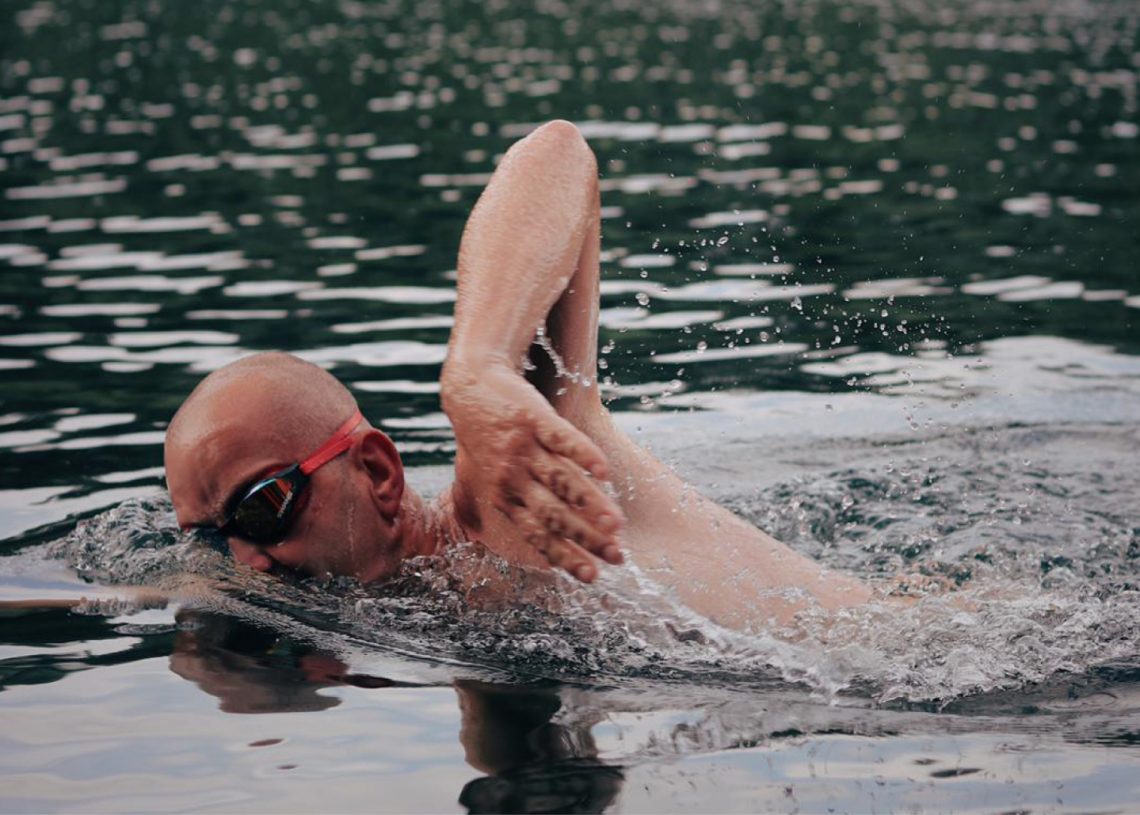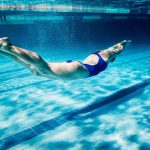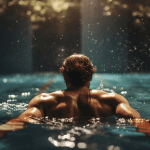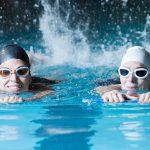
Open Water Skills: Sighting
Arguably the single biggest thing that you can do to achieve a better swim in open water is to sight well. Paul Fowler has your guide.
The difference in the open water compared to the pool is that there are no black lines, walls or lane ropes to follow and often we can’t see the bottom either. Sounds like a tall order to swim in a straight line then?
If swimming breaststroke, as you commence the pull phase of each stroke your head will be clear of the water giving you a perfect opportunity to look at your direction of travel every single stroke.
If swimming front crawl, this becomes a little more awkward as our natural streamlined position is to be looking down through the water. It is during front crawl that we need to adjust our stroke to achieve a straight-line swim via good sighting.
A BASIC GUIDE
1. As you commence your pull phase press down more than usual to create front end lift.
2. As you press down creating lift, raise your head just enough for your eyes to see forward
3. Assist with body position by kicking a little harder to stay streamlined.
Above are the outline mechanics of how to sight during front crawl, but we still need a ‘how often’ and a breathing pattern too. I would recommend as you are getting used to sighting that you keep breathing and sighting separate, breathe in a pattern that you would usually use but no inhalation while looking forward.
Frequency of sighting is important – get the right balance and you can maintain a straight line and a great body position too. Sight too often and you will bob up and down like a cork, too little and you won’t swim straight. I would aim to sight every six strokes. I might sight and sight again immediately – a double look. Often when sighting you can’t immediately get your bearings and you need to look again. When you sight scan a little – expect to be off line a touch.
What can we sight on?
If you follow other swimmers, be careful as they may not swim straight! But you can follow their feet and the bubbles they create. We can sight (look for) swim buoys marking our course or we can sight using landmarks. When using landmarks note two or three and use a trigonometry approach to see where your line should be relative to a few points.
Sighting training session
Warm up – 400m Easy
Drill – Sighting 2 x (3 x 100m) using
(No. 1 – landmarks / No. 2 – swimmers / No. 3 – buoys
Main – 2 x 400m (No. 1 Sighting Every 6 / No. 2 swimmer’s choice)
Warm Down – 400m Easy
Want to notch up the focus? Swim with a friend and whoever swims further off course buys the hot chocolate. Enjoy your swimming!
The training guide is from the July edition of Outdoor Swimmer. Paul Fowler is the founder of 100% Swimming, which delivers high quality swim coaching. Discover more open water training and techniques with our expert guides.








